Vegan kefir – a dairy-free kefir
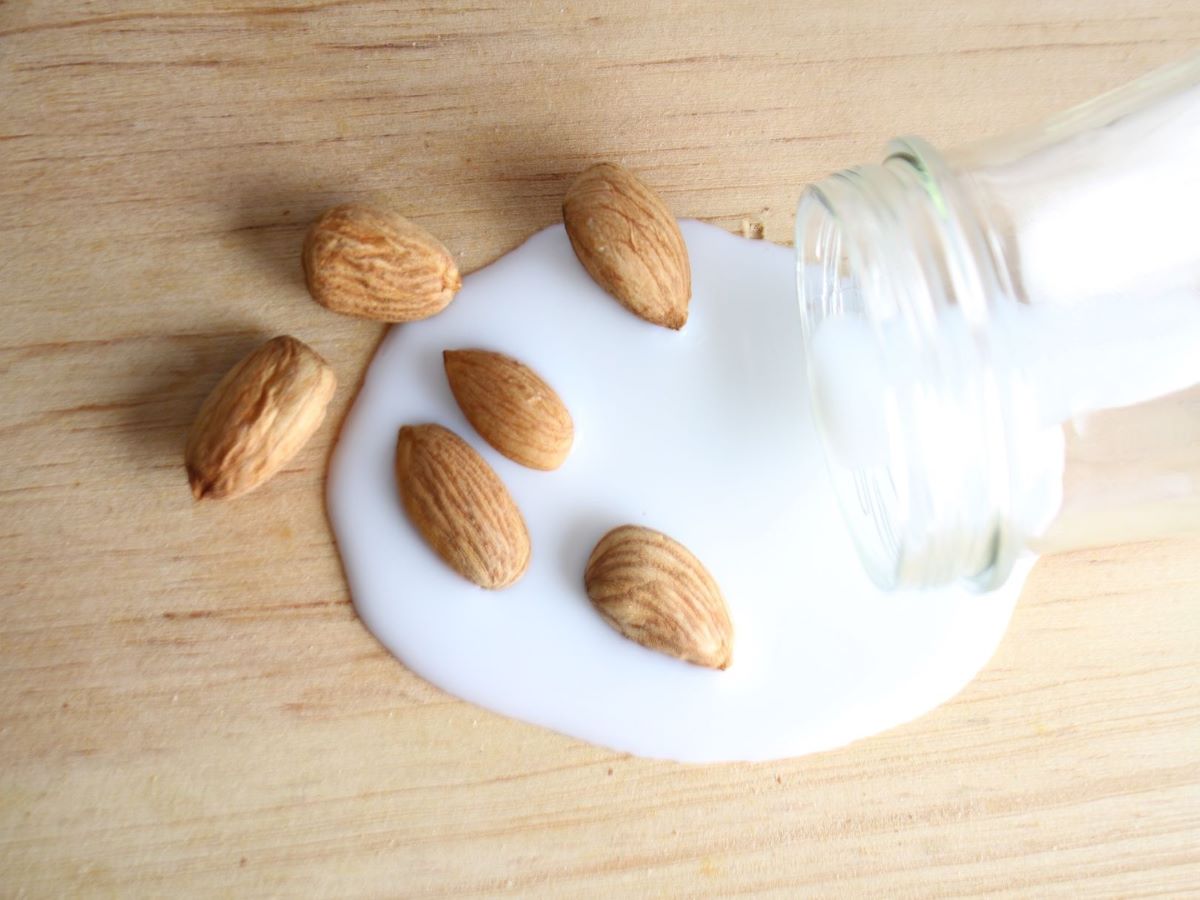
Vegan kefir is prepared with milk kefir grains and vegan milk. The fermentation process gives the vegan milk a thicker consistency and sour taste. Would you like to try fermenting it yourself?
How does dairy-free milk ferment?
Lactose is a natural sugar found in milk. The microbes in the kefir culture (kefir grains) use up this sugar as food and convert it to sour lactic acid. In the case of vegan milks, there is no lactose present. There are small amounts of natural sugars in some nut milks, but not as much. For this reason, you need to add a small amount of sugar before fermentation. You can add regular sugar, maple syrup, date paste, etc. This is just to make sure that the grains have enough food to ferment.
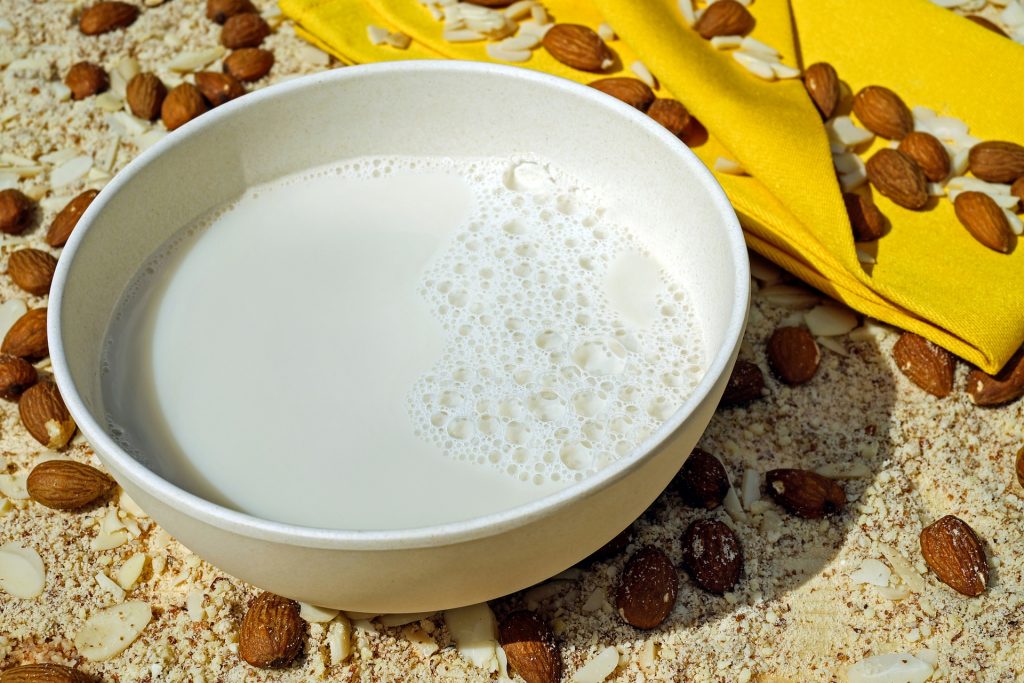
Consistency of milk vegan kefir is different
The kefir from dairy-free milks is not as thick as the regular one. Making the kefir from cow milk can give you very thick and creamy kefir. The consistency of the vegan kefir is much thinner. It’s still thicker than milk but the change is not as obvious after the fermentation as it is with regular kefir.
If you make the milk yourself, there is a tip to make the milk thicker. Don’t discard the nuts that you are using to make the milk. Simply blend them into your milk and make it thicker. This way the kefir will also have a better consistency. See our video tutorial on making the vegan milks with Kefirko Cheese Maker.
My vegan kefir separated into two layers – what now?
If you look at the different pictures of fermentation of vegan kefir, you can see two layers in the jar. This is because a big part of the dairy-free milk is water. And for this reason, during the fermentation you can sometimes see occurrence of two layers, one with milk curds and grains and the other with water. This kind of kefir is still OK to drink, just shake it or stir it first. To avoid this from happening, shake or stir the milk during fermentation as often as you can. This way the liquids will stay mixed and kefir grains will work on all of the liquid. If you want thicker kefir you can also remove only the top curded part and leave the water below. Transfer it to another bowl and stir until you get a creamy consistency.
Choosing the right dairy-free milk
When buying the milk in the store you can go many different ways as far as taste goes. You can make kefir from all different kinds of milk: coconut milk, oat milk, soy milk, almond milk, hazelnut milk, etc. But it’s very important to buy quality milk from organic production without preservatives, added sugar and other additives. This is very important because these things may damage the grains or prevent them from fermenting. Some brands are actually making these milks from water and sugar. This will definitely not lead to results that you expect after fermentation.
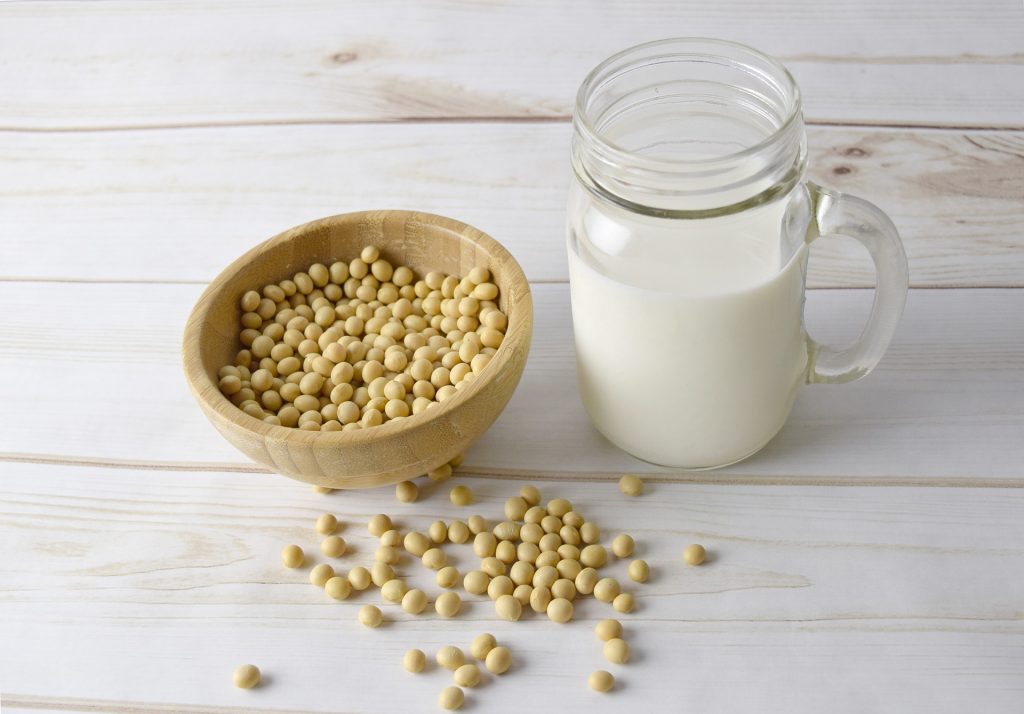
Mind the revitalization period
After some time of fermenting with dairy-free milks you may notice the kefir grains aren’t working anymore. The fermentation takes longer than 24 hours, even though it thickens a bit, the taste is not there, the kefir isn’t sour anymore. This may mean that the grains need to be put in a regular dairy milk for a batch or two. This will revitalize the grains and you can use them for vegan kefir again. If you oppose eating the dairy kefir, you can easily use those batches for skin care.
Adding sugar before fermenting may help you avoid this and you will be able to ferment in dairy-free milks continuously. But just in case if your grains stop being as active, you know what to do.
Still not convinced on the vegan milk kefir? Try to make water kefir.

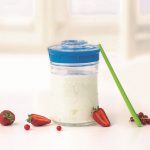
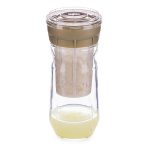



Hi,
Does the kefir made from dairy-free “milk” have the same property of helping to manage lactose intolerance as cow or goat milk kefir?
Hi Nicolas,
there is no lactose in the vegan kefir milks. In cow milk over 90% of lactose is used during fermentation.
Hi, thank you for answering.
I understand that there is no lactose in vegan milk.
One of the reasons I make milk kefir is to help me deal with lactose in other parts of my diet. It is proving effective for me, I can now eat cream etc in moderate amounts. My question is: would vegan kefir provide me with the same benefits?
Thanks,
Nicolas
I want to use my milk kefir grains to make my vegan version of milk kefir for soy, coconut and almond milk. I have them in regular full fat milk so I am wondering do I rinse them with pure water or I do a batch or two with the nut milk so the milk goes away. How long can I have them with nut milk before I feed them to get strong with regular milk. I will appreciate your help and honesty so much. I also heard that adding little sugar ir good for the carbs so the little guys can multiply 🙂 🙂
Hi! Sure, you can use the milk kefir grains in nut milks. Start with small amounts of milk grains (maybe save some kefir grains just in case) then increase the amount once you see the grains are adapting well.
It’s hard to say how long the grains will work well, you can revive them every 14 days or 1month just to be sure.
You don’t need to wash the grains in water when changing milk, washing only takes off the kefiran which is important for good fermentation, therefore washing always slows down the fermentation a bit.
Adding sugar to nut milks is something you can also do, but check if there is added sugar in your milk already.